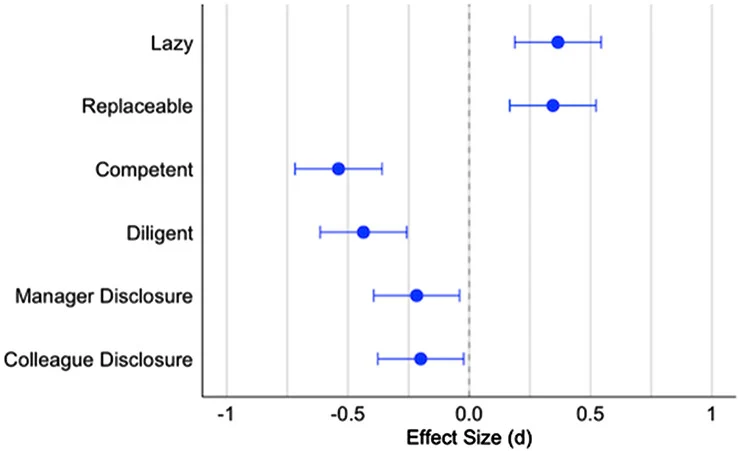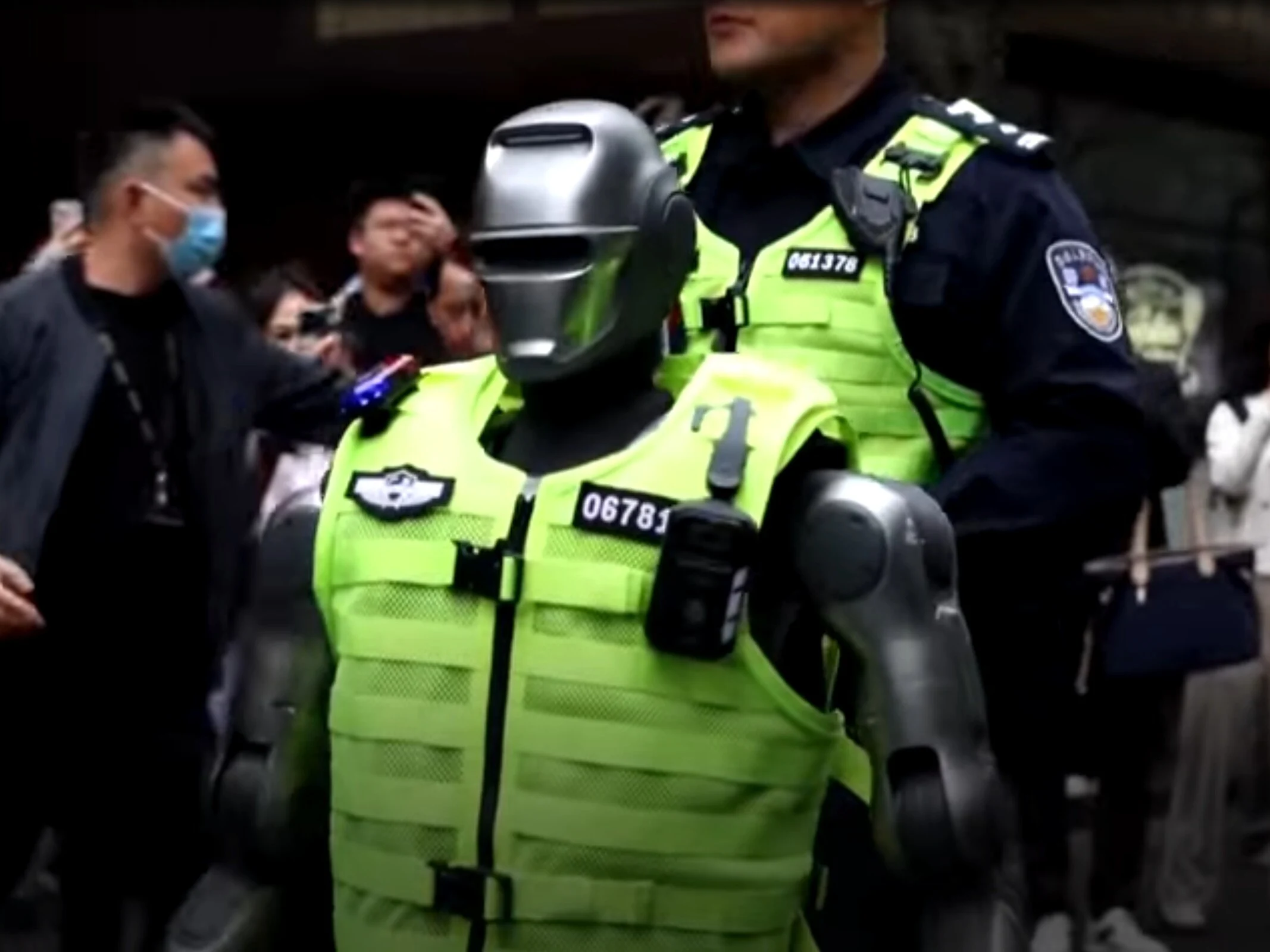Key Takeaways
1. Many people fear negative perceptions for using AI, feeling they may be seen as lazy or less skilled.
2. A study from Duke University shows that AI usage can harm how colleagues view one’s abilities and dedication.
3. Participants in the study judged AI users as less capable, even if their output was high quality.
4. The negative perception is stronger for tasks seen as challenging or time-consuming.
5. The findings highlight a conflict for professionals: while AI can increase productivity, it may also impact their reputation in the workplace.
Despite the quick growth and adoption of AI, lots of people feel that they will be seen in a bad light for using it. Users of AI worry that others will view them as lazy, less skilled, unmotivated, or even easily replaceable. These concerns seem to have been confirmed by a study published by the Proceedings Of The National Academy Of Sciences (PNAS).
Study Insights from Duke University
A new research from Duke University shows that using artificial intelligence (AI) in work tasks can have a bad effect on how colleagues or bosses see someone’s abilities and dedication. In a series of experiments involving 4,439 participants, the researchers looked into how individuals judge the performance of others when they know AI was involved, irrespective of age, gender, or job title. The research was based on setups where participants assessed made-up scenarios and results, with the AI usage by the individual being either revealed or changed.
Perception of AI Users
The findings reveal that professionals who rely on AI, even when the final output is excellent, are often thought of as less capable, less dedicated, or even lazy. This negative perception seems to be more intense when the task is seen as challenging or requiring significant time. This implies that the main issue isn’t the quality of the work done with AI but the belief that a shortcut was taken or that less effort was put in.
The Dilemma for Professionals
These results create a tricky situation for workers: while AI can boost productivity, it also risks how they are viewed in professional environments. Therefore, the study emphasizes the importance of understanding the social and psychological effects of AI in the workplace, especially concerning teamwork and career growth.
Source:
Link











